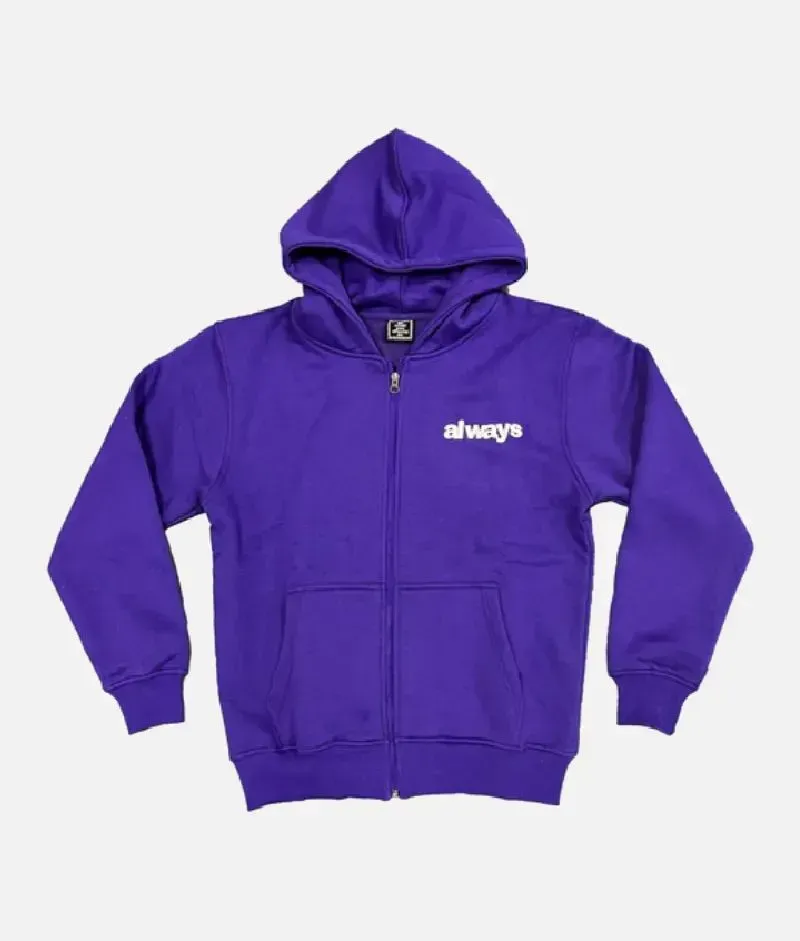Table of Contents
- Prologue to Viking Tomahawks
- Authentic Meaning of Viking Tomahawks
- Sorts of Viking Tomahawks
- Key Elements to Consider
- Material and Craftsmanship
- Equilibrium and Weight Conveyance
- Handle Plan and Solace
- Sharp edge Sharpness and Edge Maintenance
- Genuineness versus Current Translations
- End: Pursuing the Ideal Decision
1. Prologue to Viking Axes
The Viking hatchet is something other than a device; it’s an image of the strength, expertise, and legacy of the Norse fighters who employed them. These tomahawks were planned for the fight to come as well as for ordinary undertakings, causing them flexible instruments that to have endured for the long haul. In this day and age, Viking tomahawks are profoundly pursued by authorities, lovers, and open air explorers the same. Nonetheless, with the great many choices accessible, picking the right Viking hatchet can plague. This guide will give you the fundamental data expected to go with an educated choice.
2. Authentic Meaning of Viking Axes
Viking tomahawks were necessary to Norse culture, utilized in fighting, cultivating, and carpentry. The most notorious of these was the hairy hatchet, named for the drawn out lower cutting edge that took into account both slashing and snaring activities. These tomahawks were worshipped for their usefulness as well as for their emblematic importance, frequently connected with the god Thor. Understanding the verifiable meaning of these tomahawks can develop your appreciation and guide you in picking a hatchet that praises its heritage.
3. Sorts of Viking Axes
There are a few sorts of Viking tomahawks, each with exceptional qualities fit to various purposes. The most widely recognized types include:
- Hairy Axe: Known for its drawn out sharp edge, ideal for flexibility.
- Dane Axe: A huge two-gave hatchet, essentially utilized in fight.
- Hand Axe: A more modest, one-gave hatchet reasonable for both battle and utility.
Understanding the various kinds will assist you with choosing the right hatchet for your particular requirements, whether it’s for authentic reenactment, functional use, or show.
4. Key Highlights to Consider
While picking a Viking hatchet, a few key elements ought to be considered to guarantee you select an instrument that lives up to your assumptions. These incorporate the size and state of the sharp edge, the material utilized in the development, the plan of the handle, and the general equilibrium of the hatchet. Every one of these variables assumes a vital part in the hatchet’s presentation and sturdiness.
5. Material and Craftsmanship
The material and craftsmanship of a Viking hatchet are basic factors that decide its quality and life span. Conventional Viking tomahawks were produced from high-carbon steel, known for its solidarity and capacity to hold a sharp edge. Present day reproductions frequently utilize comparative materials, yet the craftsmanship can fluctuate altogether. Search for tomahawks made by gifted smithies who utilize respected methods, guaranteeing that your hatchet isn’t just utilitarian yet in addition a masterpiece.
6. Equilibrium and Weight Distribution
An even Viking hatchet is simpler to control and more compelling being used. The equilibrium of the hatchet is affected by the weight dispersion between the sharp edge and the handle. An appropriately adjusted hatchet will feel great close by and consider exact strikes, whether you’re involving it for hacking wood or in a reenactment. It’s vital for test the equilibrium of the hatchet prior to making a buy, guaranteeing it suits your solidarity and style.
7. Handle Plan and Comfort
The handle of a Viking hatchet is another essential component that influences its ease of use. Conventional handles were produced using hardwoods like debris or oak, picked for their strength and shock ingestion. The plan of the handle ought to give an agreeable hold, considering expanded use without causing exhaustion. A few present day tomahawks consolidate ergonomic plans that improve solace while remaining consistent with verifiable feel.
8. Edge Sharpness and Edge Retention
The sharpness of the sharp edge and its capacity to hold an edge are essential contemplations while choosing a Viking hatchet. A sharp edge guarantees effective cutting, while great edge maintenance implies the hatchet will remain sharp longer, diminishing the requirement for successive honing. Great steel, combined with legitimate intensity therapy, brings about an edge that succeeds in both sharpness and solidness.
9. Validness versus Present day Interpretations
While picking a Viking hatchet, you might have to settle on a bona fide copy and a cutting edge translation. Legitimate imitations are made to intently look like the first Viking tomahawks, frequently utilizing conventional techniques and materials. These are great for gatherers and reenactors who esteem authentic precision. Then again, present day understandings might consolidate contemporary materials and plan upgrades, offering further developed execution for functional use.
10. End: Making the Right Choice
Picking the right Viking hatchet requires cautious thought of different elements, from the kind of hatchet to the materials and craftsmanship. By grasping the verifiable setting, key elements, and your expected use, you can choose a Viking hatchet that addresses your issues as well as interfaces you to the rich legacy of the Norse fighters. Whether you’re a gatherer, a reenactor, or an open air fan, the ideal Viking hatchet is out there hanging tight for you.




